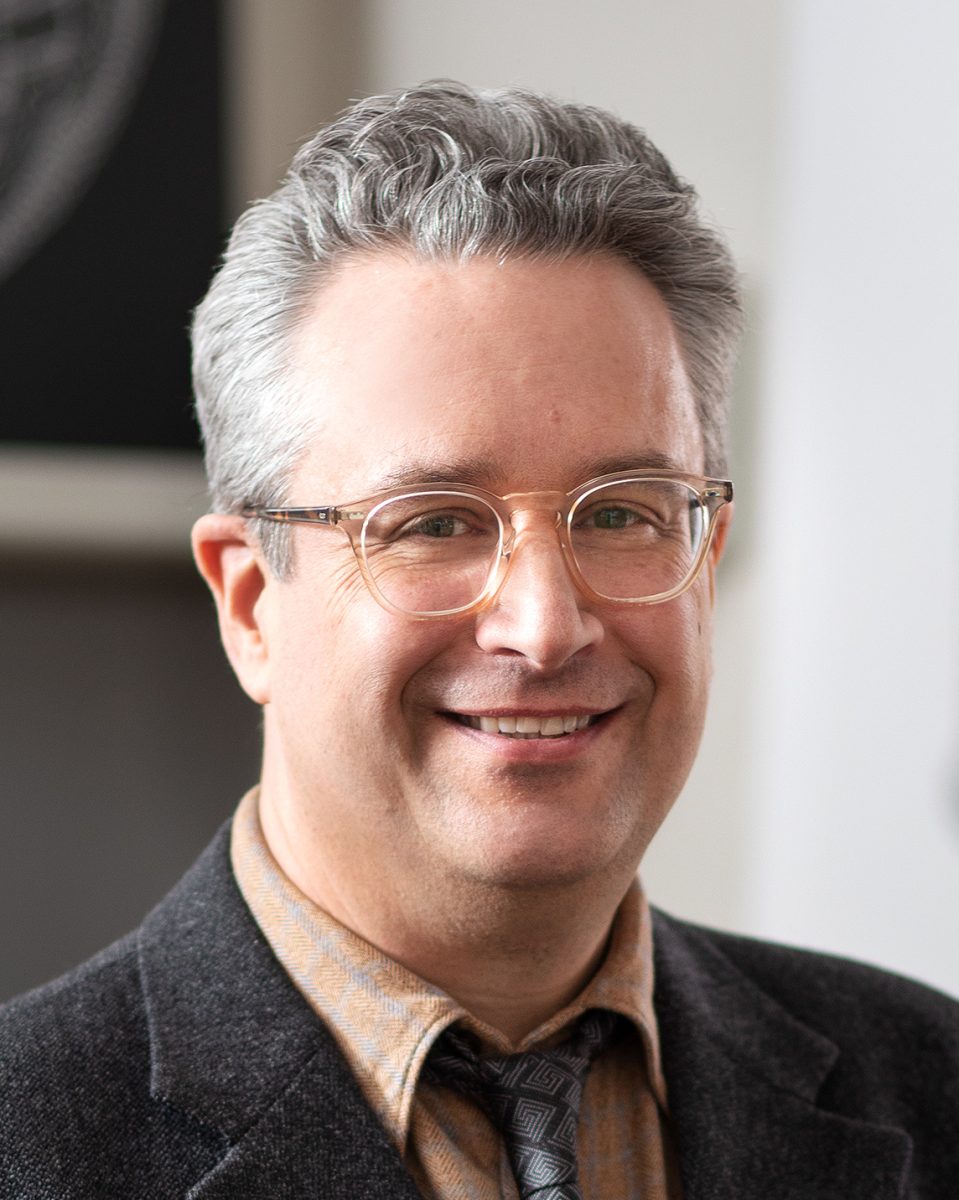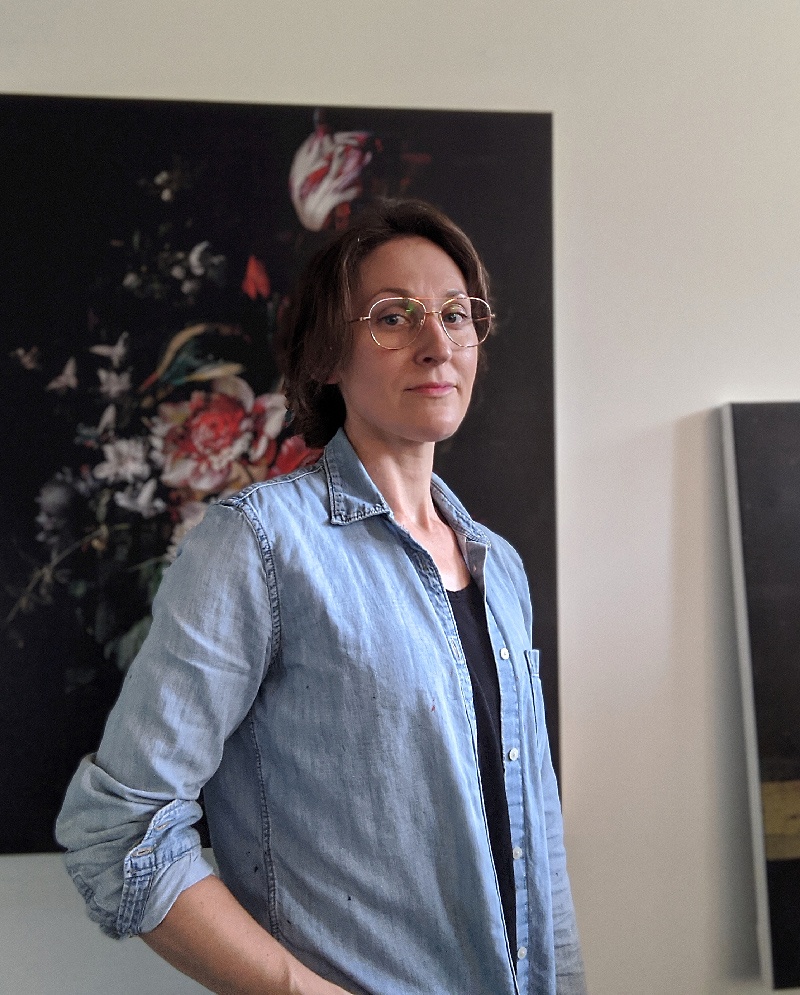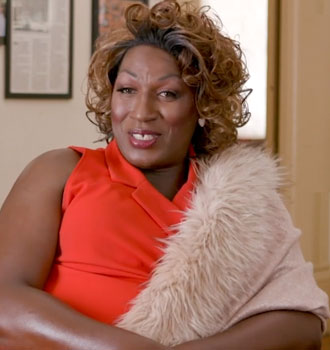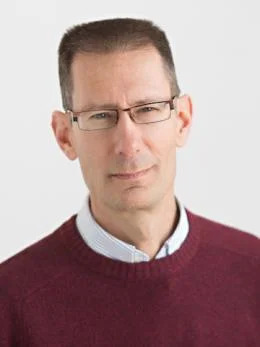Andria Derstine has spent 18 years at the Allen Memorial Art Museum as both a curator and the John G.W. Cowles director. During this time, she has imparted a lasting influence on the museum’s community and growth. She will start a new position at the Cleveland Museum of Art Dec. 2 as Virginia N. and Randall J. Barbato Deputy Director and Chief Curator.
This interview has been edited for length and clarity.
How did you get to the position you currently hold at the Allen Memorial Art Museum?
Prior to working at Oberlin, I worked at the Detroit Institute of Arts, which is the major art museum in Detroit, and I was there for four years. It was in the spring of 2006 that I saw the opportunity for a curatorial position here at the Allen, and I was really interested in the idea of working at a place where you could have a combination of working with students and faculty, as well as with art. I love the Allen, and I had had six years of getting to know the collection, the community, and of course, Oberlin faculty, staff, and students before I took on the role of the director. So it really came about organically since I was already here for six years as a curator. I had just fallen in love with the Allen.
How have you seen the AMAM’s art evolve and change with the College?
What we’ve tried to do in recent years is to further diversify the collection. We were super fortunate because we were starting from a really good place in terms of diversity. The people that founded the museum back in 1917 were already buying works by women artists, as well as works by and about people of color. But yes, there was more work to be done.
What is one of the exhibits that you’ve curated that you are most proud of?
I’ve had a few that I’m proud of. The most recent one that I curated here that I am very proud of was a collaboration with the artist Anna Von Mertens. It was a show about her works that related to Henrietta Leavitt, who was an Oberlin student in the late 19th century and a woman astronomer. She became a very important astronomer. I’m really proud of that show because it combined the work of a really important woman artist of today with the incredible scientific aptitude of this incredibly important woman who had studied at Oberlin in the 19th century.
How will you continue to emphasize and feature women and artists of in your new position at the CMA?
The Cleveland Museum of Art has an unparalleled collection, and I’m really looking forward to working with their curators and digging into it. What I can say about the Cleveland Museum of Art is that they have around 20 incredibly talented curators. I will be looking to them to be driving the acquisitions that they’re most interested in because they’re the content experts in their fields. I do believe very strongly that the CMA is, as are so many museums in the U.S. today, also very interested in continuing to diversify its collection.
What have you learned at the Allen that you hope to translate into your new position?
Looking back on all my years here at the Allen, one of the things that I’m most happy about are the relationships that I’ve made with people in the community, and I mean that not only in the sense of the College community but the community in Northeast Ohio. I feel that any success that the Allen has been able to achieve over these years through work that I’ve done has actually been because of relationships and communication with people in the community, the wide range of people for whom art is important in their lives.
The Allen has so many connections, and I think it’s through being in touch with them and sharing with them all the great things that the staff here are doing in terms of our mission of connecting people and art that has truly enabled the success of the museum. I’m looking forward to really diving in, forming relationships, and communicating and collaborating with people in the Cleveland Community when I go to the CMA. I feel super lucky that I don’t have to leave Northeast Ohio. I feel like I’ve made a lot of great friends and have a lot of great colleagues here, and I’m looking forward to continuing to build on relationships with people who are interested in the art world.
The CMA has a really good relationship with Case Western Reserve University and programs in place between the Art History department there and the museum, so I’ll still be working very closely with university faculty and students. I’m looking forward to working with all of these people.
How have you built your curatorial reputation at the Allen and how do you expect it to withstand the test of time?
One of the great things about the Allen is the nimbleness that the staff here have to really dig into this incredible collection, make changes, and change up the galleries. When I was a curator here, I had that freedom and flexibility to just come in and make changes to the galleries and to propose exhibitions and acquisitions. I do think that the small size of the Allen does afford the staff members here flexibility that you wouldn’t necessarily have at a bigger place, but that helps you to build your career.
It helps you to just take an idea and run with it. You can see it in fruition within six months to a year, whereas at some bigger institutions — just given the size — it takes longer to realize things. So for me, both as a curator and director, having had that nimbleness to move forward helped.
One of the things I’m most proud of here at the Allen is building endowments. I’m really proud of raising money for curatorial positions at the Allen during my time as director. We’ve endowed four of the five curatorial positions. We’re in the process right now of endowing what will be a deputy director position, and we’ve raised a lot of elements for acquisitions, publications, conservation, and marketing. I’m really proud of the fact that after, hopefully hundreds of years, these endowments will still be in place for the work of the talented staff at the Allen. I think that there’s a great foundation there to work from, and I’m very proud of that strategic plan.
What advice would you give to the person taking your role at the Allen in the future?
Just jump in and embrace it. Embrace the community, the staff, and the collection. There’s so much here to work with. There are so many more stories to be told and good work to do in the community.













